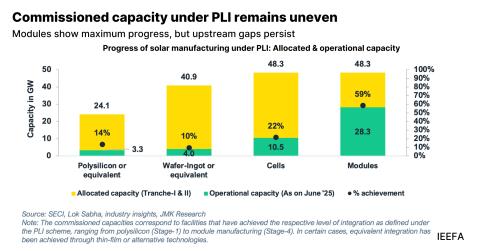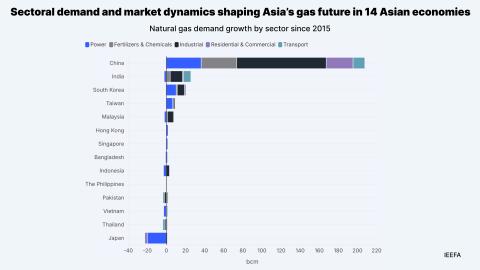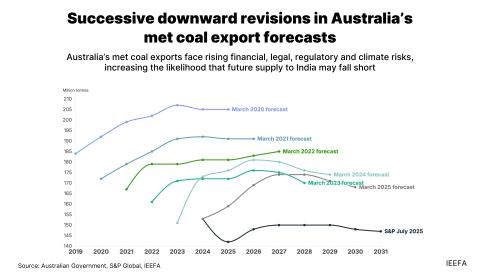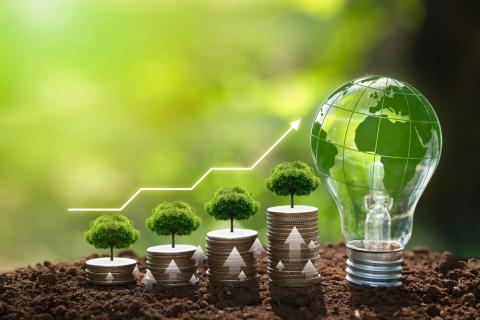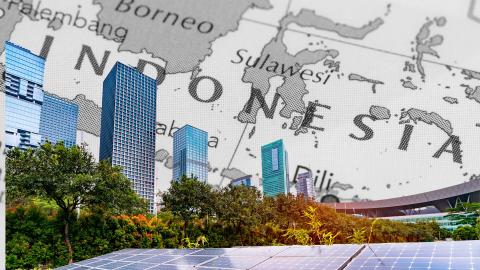South Australia’s reliance on gas for iron and steelmaking carries major risks
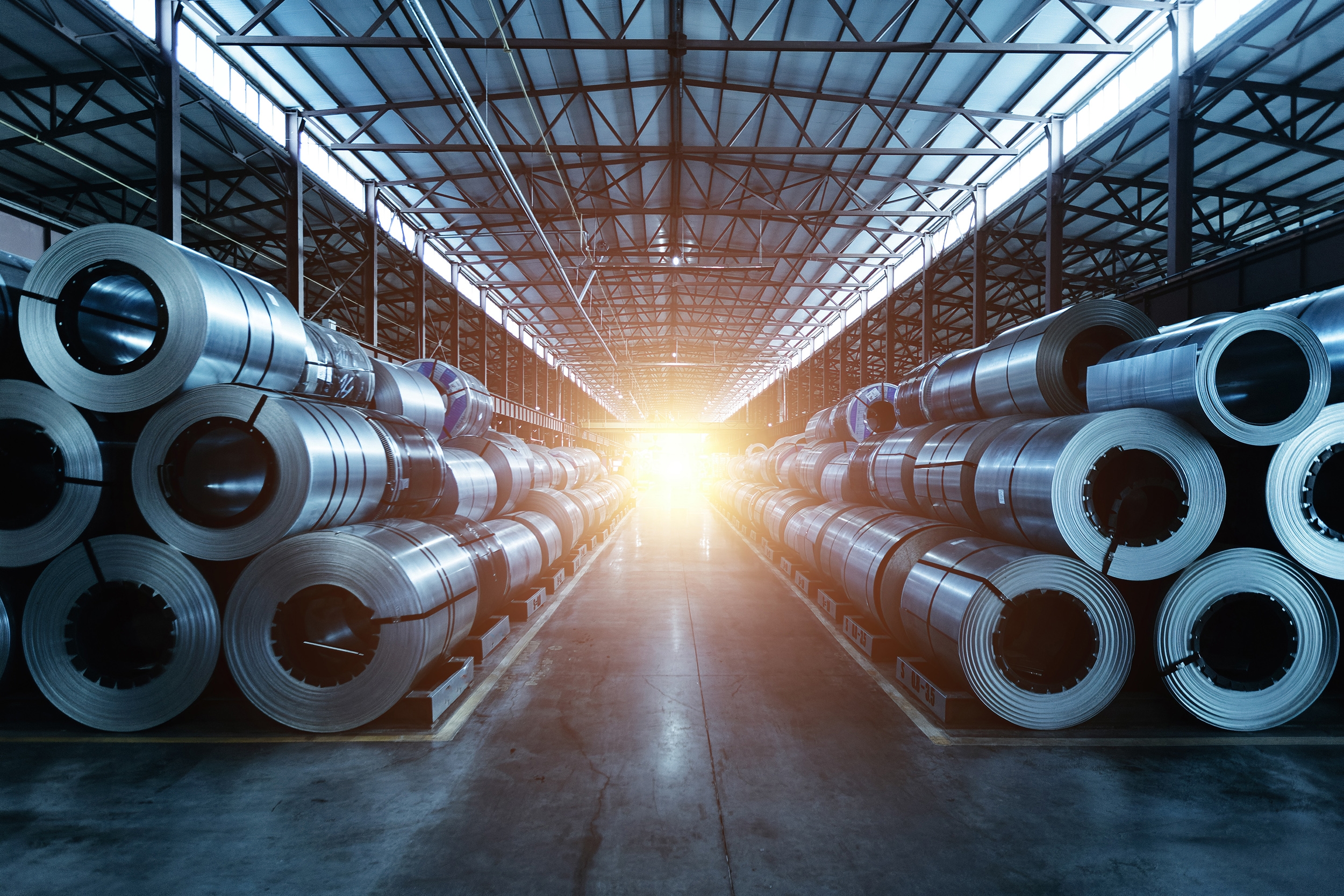
Key Takeaways:
Any long-term reliance by South Australia on gas for iron and steel production would entail significant cost and supply risks. South Australia should instead seize the opportunity presented by green hydrogen.
Australia cannot compete in gas-based direct reduced iron (DRI) with the Middle East, which already plans to produce DRI for export to Asia. Although lower-emissions than coal, gas-based iron and steelmaking is emissions-intensive. Carbon capture and storage will not play a significant role in decarbonising iron and steel.
Gas is not cheap in Australia’s east coast market – especially in southern states – where gas-based iron and steelmaking would exacerbate looming supply shortfalls. A key way to prevent gas shortages is reducing household and industrial demand, but gas-based DRI would be a shift in the opposite direction.
While green hydrogen remains expensive, it is becoming clear we will need less of it for fewer sectors, one of which is steel. With its world-leading green iron and steel potential, South Australia should prioritise rapid adoption of green hydrogen-based DRI, as it is the only way to fulfill the state government’s Green Iron and Steel Strategy. You can’t make green iron and steel with gas.
8 May 2025 (IEEFA AUSTRALIA) | Plans for the iron and steel sector in South Australia to rely on gas – rather than green hydrogen – would entail significant cost and supply risks, an independent think tank has warned.
In its Green Iron and Steel Strategy, the South Australian government targeted a switch to green steel production at the Whyalla steelworks, as well as green iron exports from a new direct reduced iron (DRI) plant in the state. Initially both plants were intended to quickly transition to run on green hydrogen, but it has subsequently become clear the cost of green hydrogen production is not falling as fast as anticipated. Following the shelving of plans by the state government to build a green hydrogen plant and the dissolution of the Office of Hydrogen Power, it appears any new DRI plants are intended to run on gas for longer.
However, a new briefing note from the Institute for Energy Economics and Financial Analysis (IEEFA) details the risks arising from long-term reliance on gas for iron and steel production. The note’s author, Simon Nicholas, Lead Analyst, Global Steel at IEEFA, argues that South Australia should instead prioritise the rapid adoption of green hydrogen-based DRI.
“South Australia has world-leading green iron and steel potential,” says Nicholas. “Green hydrogen remains expensive for now, but it is becoming clearer we will need less of it in the future, with applications in a narrower group of sectors – one of which is iron and steel.
“The bursting of the global hydrogen bubble leaves an opportunity now to refocus green hydrogen plans on domestic use. However, Australia faces growing competition from overseas, leaving iron ore, the country’s biggest export, exposed.”
In Sweden, Stegra aims to begin commercial-scale production of truly green iron and steel next year, using green hydrogen-based DRI technology. This is no longer just theoretical or at the pilot stage. Other locations such as Canada and Brazil also have the opportunity to be early movers in truly green iron and steel, due to their high-grade iron ore reserves and power grids already dominated by clean energy.
Meanwhile, any attempt to produce DRI using gas in Australia would not be able to compete on price with the Middle East, which is already moving ahead with plans to produce gas-based DRI for export to Asia.
Gas is not cheap in Australia’s east coast market, with prices increasingly exposed to volatile international LNG markets. The east coast gas market also faces a worsening risk of supply shortfalls over the coming years. These issues are particularly pronounced in southern states.
A DRI plant uses a lot of gas. BlueScope Steel has noted that converting its steelmaking capacity at Port Kembla to gas would account for 7% of demand in the east coast gas market. If current and additional Australian ironmaking capacity were to run on gas, the extra demand would put further pressure on a gas market already facing major supply issues, exacerbating shortfalls. One of the key approaches that can reduce the risk of gas shortages in the east coast market is to reduce household and industrial gas demand – a move into gas-based DRI is a shift in the opposite direction.
Gas-based DRI has lower emissions than the blast furnace route, but it is still emissions-intensive with around 1.4 tonnes of carbon dioxide (CO2) emitted on average for every tonne of crude steel produced. Any attempt to use carbon capture & storage (CCS) to decarbonise gas-based DRI will end in disappointment. CCS remains an unproven technology with a well-documented record of failure and underperformance. CCS is expensive, but more importantly it remains unable to decarbonise iron and steel in the way green hydrogen can.
“The fact is you simply can’t make green iron and steel with gas.” says Nicholas. “Green hydrogen-based DRI is the only production route that can truly fulfill the South Australian government’s Green Iron and Steel Strategy. South Australia should exploit the major advantages it has over other regions to become a pioneer of truly green iron and steel.”
Read the report: South Australia: Long-term reliance on gas for iron and steelmaking faces significant risks
Media contact: Amy Leiper [email protected] +61 (0) 414 643 446
Author contacts: Simon Nicholas, [email protected]
About IEEFA: The Institute for Energy Economics and Financial Analysis (IEEFA) examines issues related to energy markets, trends, and policies. The Institute’s mission is to accelerate the transition to a diverse, sustainable and profitable energy economy. (ieefa.org)


